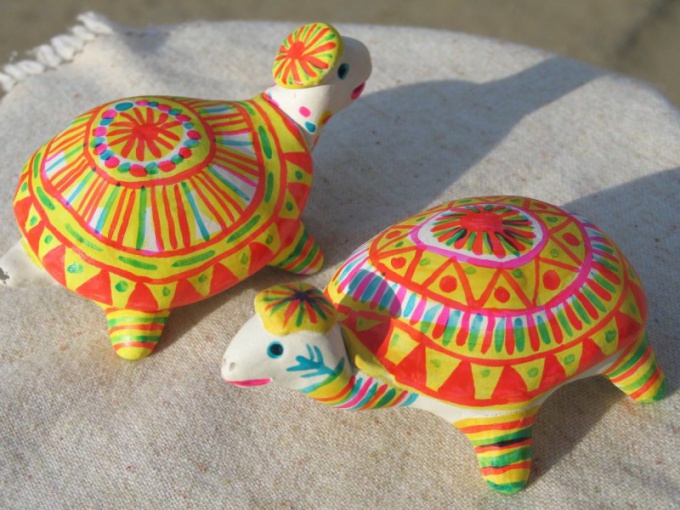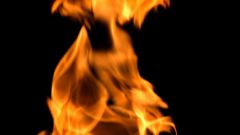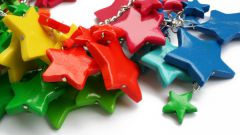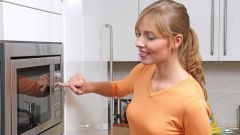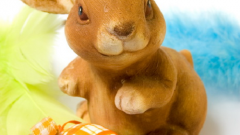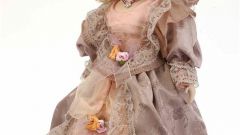You will need
- - clay for sculpting;
- water;
- - stacks;
- damp rag;
- - the slip (the mixture of water and clay in a creamy consistency);
- - flat brush;
- - kiln.
Instruction
1
Prepare the clay for work: thoroughly mash it with your hands so the material becomes more plastic. Sculpt a figure with two hands, to give shape to the product simultaneously from all sides. Use stacks for small work, remove excess clay, smooth the surface details, etc.
2
Start sculpting with the largest of the figures that you want to make. With a tight fishing line cut from a large piece of clay piece of the required size, roll it between your hands, apply the clay some, but still rough shape. Fingers pull, bend, sharpen or zakruglenie appropriate sections of this part, giving it a more precise form.
3
Continue in the same way sculpt second-largest detail. The smallest details of the sculpt in the least.
4
Assembling the figures into a single entity engage in the following diagram. In the joints parts of your product, be sure to make the incisions, giving the clay surface roughness and improves the "adhesion" of the two parts with each other. So, apply for these plots a stack or toothpick touches in the form of mesh.
5
Then brush apply with notched sights slurry, hydrating the clay parts and also increasing the reliability of the connection. Attach both pieces to each other, gently pushing on them. Wet finger or stack Primate connecting seam by moving a thin layer of clay on top of every detail down. All seams need to make invisible. To achieve this, smoothing over them with a damp sponge.
6
Combining all the figure together, apply the final finishing touches, small reliefs. Treat the surface or damp sponge, or slurry to fill the small cracks.
7
Now place the finished product in a loosely closed plastic bag and dry at room temperature. It can take up to 10 days depending on the size of the figures. For some time at the end of drying you can put it on the radiator.
8
The final stage is roasting of the product in a well protoplennoy conventional oven (away from the coals) or in a muffle, with a temperature of 750-1200 degrees. Annealed figure you can paint acrylic or ceramic paints.
Note
When drying products of clay should avoid drafts and extreme temperatures.
Useful advice
If you don't have time to finish the product at once, work can be continued at another time. Simply cover the unfinished figures a damp cloth, and the top still with plastic wrap to keep clay figurine of raw and suitable for further modeling.
